Patch Reef Fishing in Miami
Snapper Fishing with a Small Boat
Extending from Key Biscayne all the way South to the Northern most Florida Keys, anglers can expect a variety of species while patch reef fishing in Miami. Due to relatively shallow water and close proximity to Biscayne Bay, even small boats can get in on the action that these limestone areas have to offer. The bite is heavily tide oriented depending on the location of the finger channels relative to the reefs, and the moon phase and seasonal changes can affect your luck as well. Armed with a serious amount of chum and live shrimp, our plan for the day was to target mutton snapper. These bright pink fish are particularly difficult to fool, but with enough chum they can be enticed into an aggressive feeding mode. The number of other species that show up competing for your baits also helps to drive the snapper closer and closer towards the boat. Yellowtail snapper, mangrove snapper, jacks, mackerel, grouper, porgys, grunts, hogfish, permit, cobia, and more all do whatever they can to eat the shrimp that you carefully float behind the boat.
Catching Mutton Snapper on Light Tackle
In order to fool the larger mutton snapper it is still required that you use a delicate presentation, and very light tackle. Some may argue that the tackle we use is too light to turn bigger muttons, cubera snapper, and grouper that may show up in the chumslick, but the most important point we can make is that you have to get the bite first before you worry about catching the fish. In this case we use 20lb braided line fixed to 36" of 20lb fluorocarbon leader. If the current is really booking it or the water is deeper than 20' or so, you can terminate the rig in a light jig head (no more than an 1/16 or an 1/8 of an ounce). Otherwise affix a 3/0 livebait hook to the end of your rig, hook your shrimp, and float it back in the current. All species of snapper and jacks will eat the bait as it floats back, while hogfish and porgies will eat the shrimp while it rests on the bottom. Freeline the shrimp with the bail of your spinning reel open so as not to disrupt the natural drift of the shrimp. Once you notice the flow of line speeds up you know something has eaten the bait. Close your bail, set up, and get ready to turn the fish away from the coral heads!
Overall it was a nice afternoon on the water Final Tally- 3 Mutton Snapper to 6lbs, multiple sublegal yellowtail and mangrove snapper, grunts, blue runners, bar jacks, and a 20" gag grouper
‹ Back











